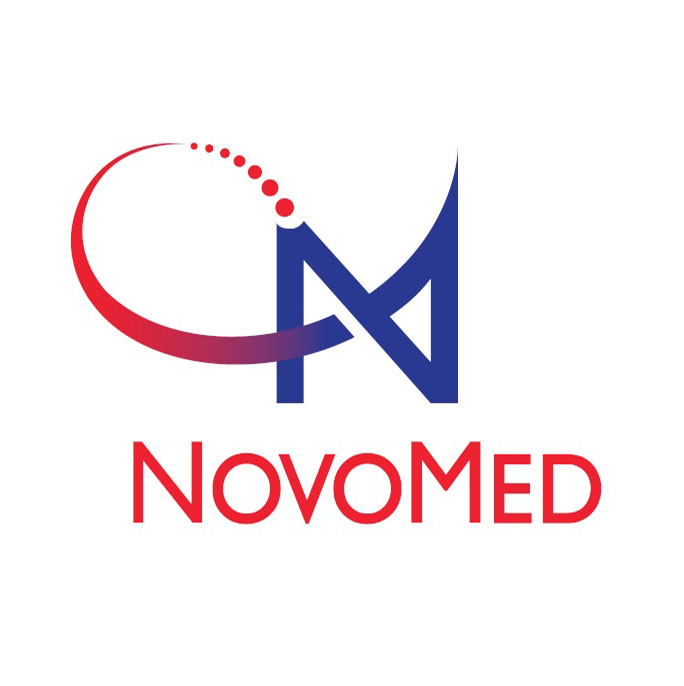Pregnancy and Venous disease
A woman’s body goes through numerous changes during pregnancy. Changes in hormones and body weight can give way to a host of problems like fatigue, insomnia, nausea, back pain, and most commonly, tired and painful legs.
Leg pain and swelling during pregnancy can be more than just fatigue. It can be a warning sign for a venous disorder. In fact, one of the leading causes of venous diseases in women is pregnancy. Also, 30% of women pregnant for the first time and 55% of women who have had two or more full-term pregnancies develop varicose veins. In fact, the period post childbirth (postpartum), is an especially risky time to develop deep vein thrombosis. This happens due to several reasons, such as:
- An increase in blood volume during pregnancy
- Hormonal changes during pregnancy
- Weakening of the venous walls
- Pressure increase in the leg veins caused due to the position of the baby
- A change in blood consistency, increasing the risk of blood clot formation
As the baby grows, the above factors or a combination of them can slow down or harm the blood circulation. Swelling, pain, and heaviness in the legs are a result of this damage to the normal blood flow.
- Heredity: if a family member suffered from venous disorders, then there is a chance that you might have them too
- A sedentary lifestyle: sitting or standing for a long period puts pressure on the veins
- Previous pregnancies: with every pregnancy, the chances of venous disorders keep increasing
- Obesity: this can lead to complications like varicose veins and deep vein thrombosis
- Tight fitting clothes or shoes: this causes circulatory issues as blood cannot flow freely
- Pre-existing venous disorders: even a mild form of any vein disorder can add to the risk of progression during pregnancy
Taking special care during pregnancy is the key to a safe delivery.
One of the easiest ways to keep complications at bay is to wear compression socks during pregnancy. These elastic stockings compress the veins in the legs and feet, thereby aiding in the flow of blood in the upper direction. Thus, blood does not pool in the legs and reaches the heart in an efficient manner.
The symptoms may improve with time as once the baby is delivered, the pressure on the veins returns to normal.
Venous diseases that are categorized as acute are serious in nature. These occur suddenly but can even be triggered by pre-existing chronic venous diseases.
To avoid any post-birth venous problems:
- Continue wearing compression socks regularly
- Wear well-fitting shoes and clothes
- Follow a proper diet for maintaining good health
- Keep your body well hydrated to avoid leg swelling
- Massage your legs every day to stimulate blood flow
- Indulge in mild exercising like swimming or bicycling
- Sleep on your side as this promotes a healthy blood flow
- Avoid bathing in hot water and refrain from prolonged exposure to the sun
- Elevate your legs above your heart to help the blood flow back to the heart and lungs
If you observe abnormal conditions like blurred vision, skin inflammation, discolored skin, swollen ankles, aching calves, and warm skin and redness in leg/s, consult a doctor at the earliestas negligence may lead to complications.




